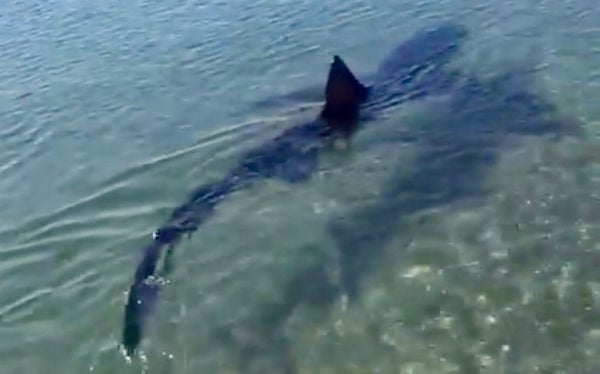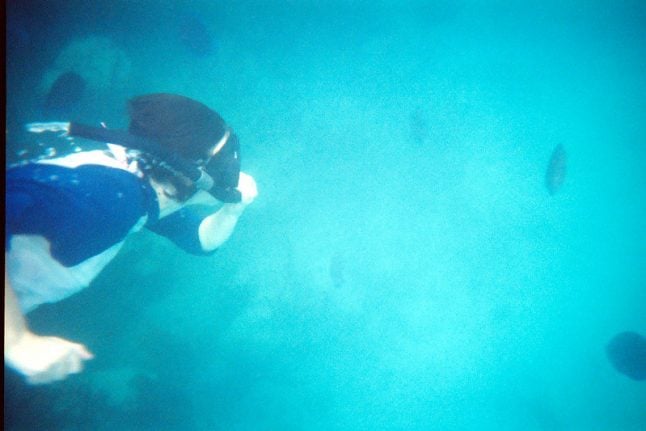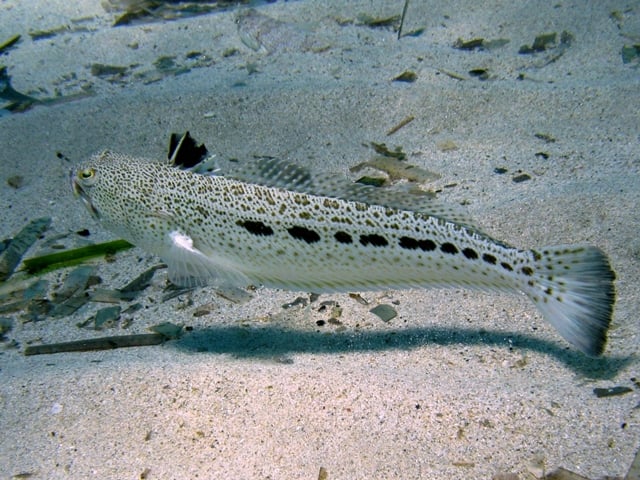Bathers first spotted the shark swimming a few meters from the shore around 12.15 on Sunday and alerted emergency services.
Watch a video of the encounter posted on Facebook:
Another call was received by a bather at Los Boliches beach who spotted what could have been the same shark and a third much later at 8.30 by a caller who saw a shark off Playamar.
The Civil Guard launched patrol boats to search for the fish while lifeguards raised the red flag to ban swimming until it was located.
By 5pm and with no sign of the shark, the yellow flag was raised signalling “enter at own risk”.
Blue sharks are one of the most common sharks in the Mediterranean but rarely appear close to shore and pose little danger to humans.
However, marine experts suspect that a shark only comes so close to shore when it is disorientated possibly after being injured or is ill.
Juan Jesús Martín of the marine conservationist organisation Aula del Mar in Malaga told Diario Sur: “It is not common to see them so close to shore but it can happen.
“They don’t pose a risk to bathers,” he said.
Although, two years ago in Elche, on Spain's eastern coast, a man was bitten on the hand by what appeared to be a blue shark.
READ ALSO: Barcelona beaches invaded by swarms of strange blue sea creatures




 Please whitelist us to continue reading.
Please whitelist us to continue reading.